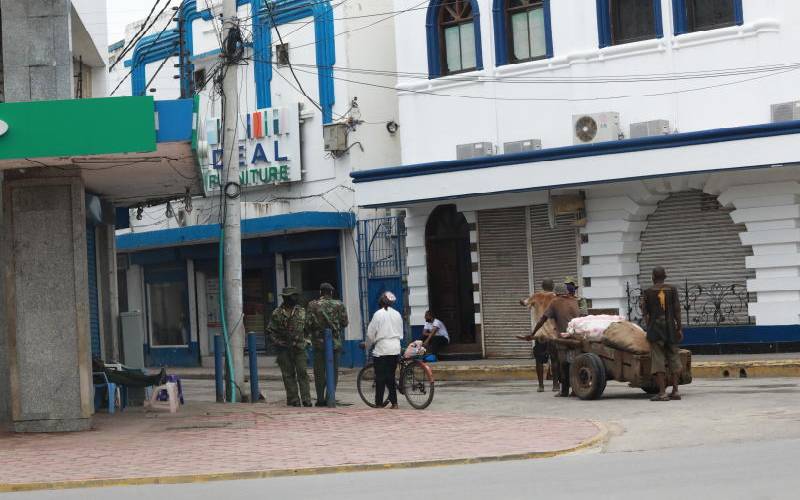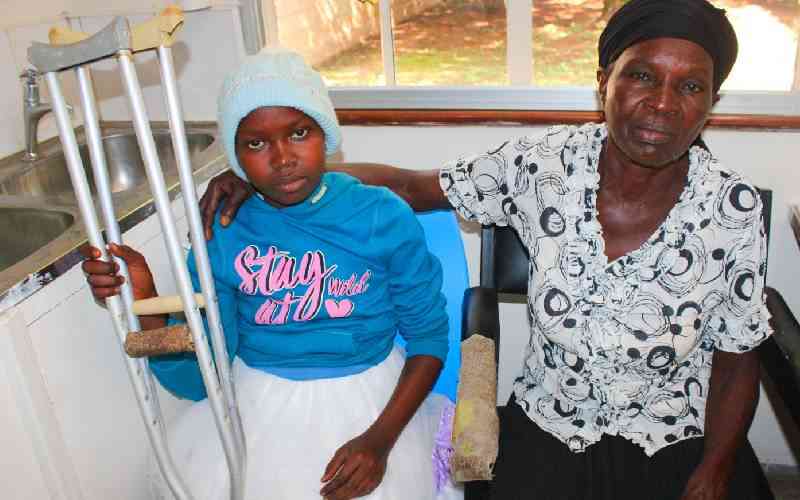
As people in many cities slowly emerge from months-long lockdowns into something more like normal life, others are facing fresh clampdowns as spikes in new coronavirus cases prompt fears over a second wave of infections.
Cities from Beijing to Leicester have announced second lockdowns in response to rises in cases after restrictions aimed at halting the spread of the disease were lifted.
More than 10 million people have been infected and 500,000 killed by the virus since it first emerged late last year, with the World Health Organization warning this week that the worst of the pandemic is yet to come.
Why are cities having to lock down again?
The initial wave of lockdowns dramatically cut down contacts between people that allowed the virus to spread.
It also gave authorities time to develop mass virus test and trace programmes, as well as detailed distancing rules intended to allow businesses and schools to resume safely.
But as restrictions were lifted, new infection hotspots have broken out, prompting some officials to impose second lockdowns amid concerns the cases could start to rise exponentially again.
In many cases the new lockdowns have been smaller, and targeted local outbreaks, often involving crowded urban areas where distancing is harder.
Where are second lockdowns happening?
China, where the coronavirus outbreak first started, has imposed fresh travel restrictions on Beijing after a new outbreak of cases in the capital and has also brought in a lockdown on Anxin county in the northern Hebei province.
Similarly, Australia announced a new lockdown on more than 300,000 people in suburbs north of Melbourne in an effort to clamp down on a rise in cases.
In Britain, the city of Leicester became the country's first area to see a second, 'local', lockdown, while there is speculation that New York and Houston in the United States could also see fresh restrictions if the situation deteriorates.
What do these new lockdowns look like?
Second lockdowns are often more targeted on specific geographic areas and in some case are less stringent, as authorities aim to clamp down on hotspots while also trying to revive economic activity.
In Beijing, entire apartment blocks have been locked down in response to a single confirmed infection, and mass tests conducted on groups such as deemed at higher risk such as restaurant workers and food and parcel couriers.
Residents in Melbourne suburbs will be confined to their homes except for grocery shopping, health appointments, work or caregiving, and exercise under the new restrictions, even as the rest of the state of Victoria eases curbs.
A repeating cycle of 50-day lockdowns followed by a 30-day lifting of measures may effectively manage and slowly reduce new infections, according to modelling by an international team published in the European Journal of Epidemiology.
Are people complying?
With many second lockdowns only imposed for a short time, it is too early to draw firm conclusions.
But first-round lockdowns have been strained in many cities as people chafed against lengthy restrictions that separated them from their loved ones and left some struggling for money due to loss of work.
Some beauty spots - from British beaches to Californian parks - have been overwhelmed by visitors after people defied lockdown guidance urging them to stay away.
Researchers have said there is evidence that following lockdowns gets harder over time, for reasons ranging from over-optimism about the risks, through to breakdowns of trust with leaders, or possibly even simple boredom.
That could bode poorly for second rounds of restrictions in areas which have already suffered long lockdowns.
But with the virus still spreading around the world and no cure in sight, it may be that local lockdowns will be part of life for the foreseeable future.
 The Standard Group Plc is a multi-media organization with investments in media
platforms spanning newspaper print
operations, television, radio broadcasting, digital and online services. The
Standard Group is recognized as a
leading multi-media house in Kenya with a key influence in matters of national
and international interest.
The Standard Group Plc is a multi-media organization with investments in media
platforms spanning newspaper print
operations, television, radio broadcasting, digital and online services. The
Standard Group is recognized as a
leading multi-media house in Kenya with a key influence in matters of national
and international interest.











